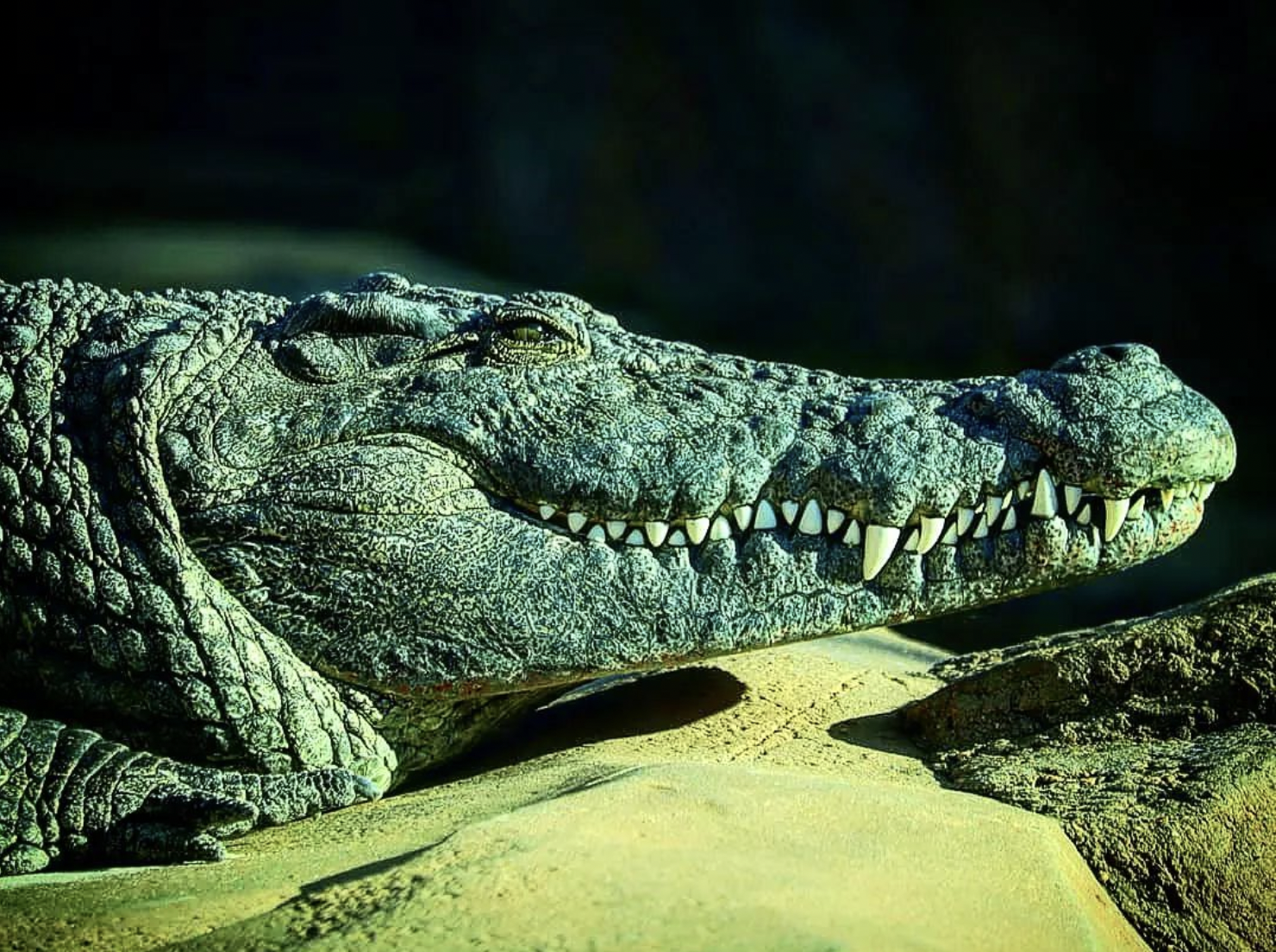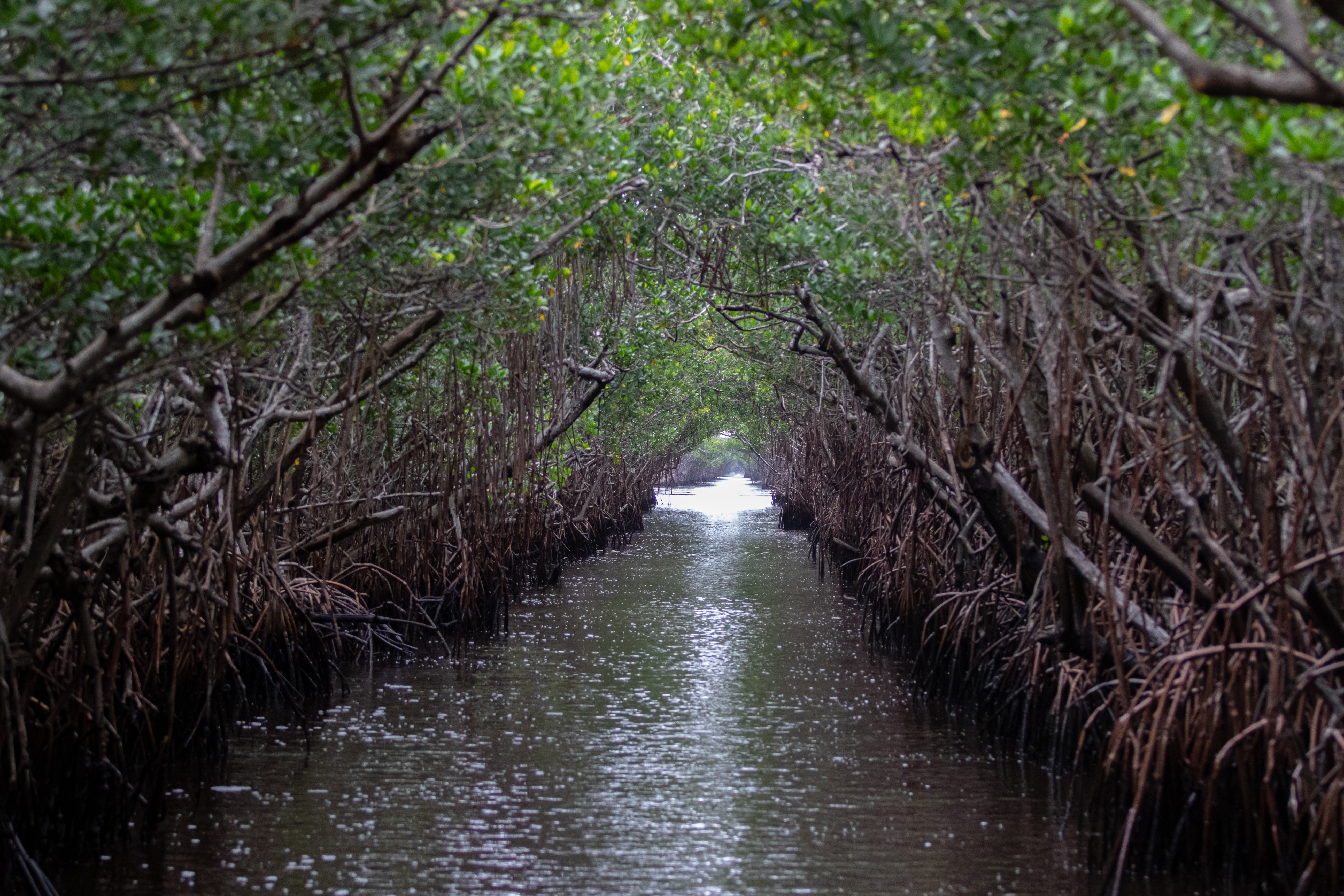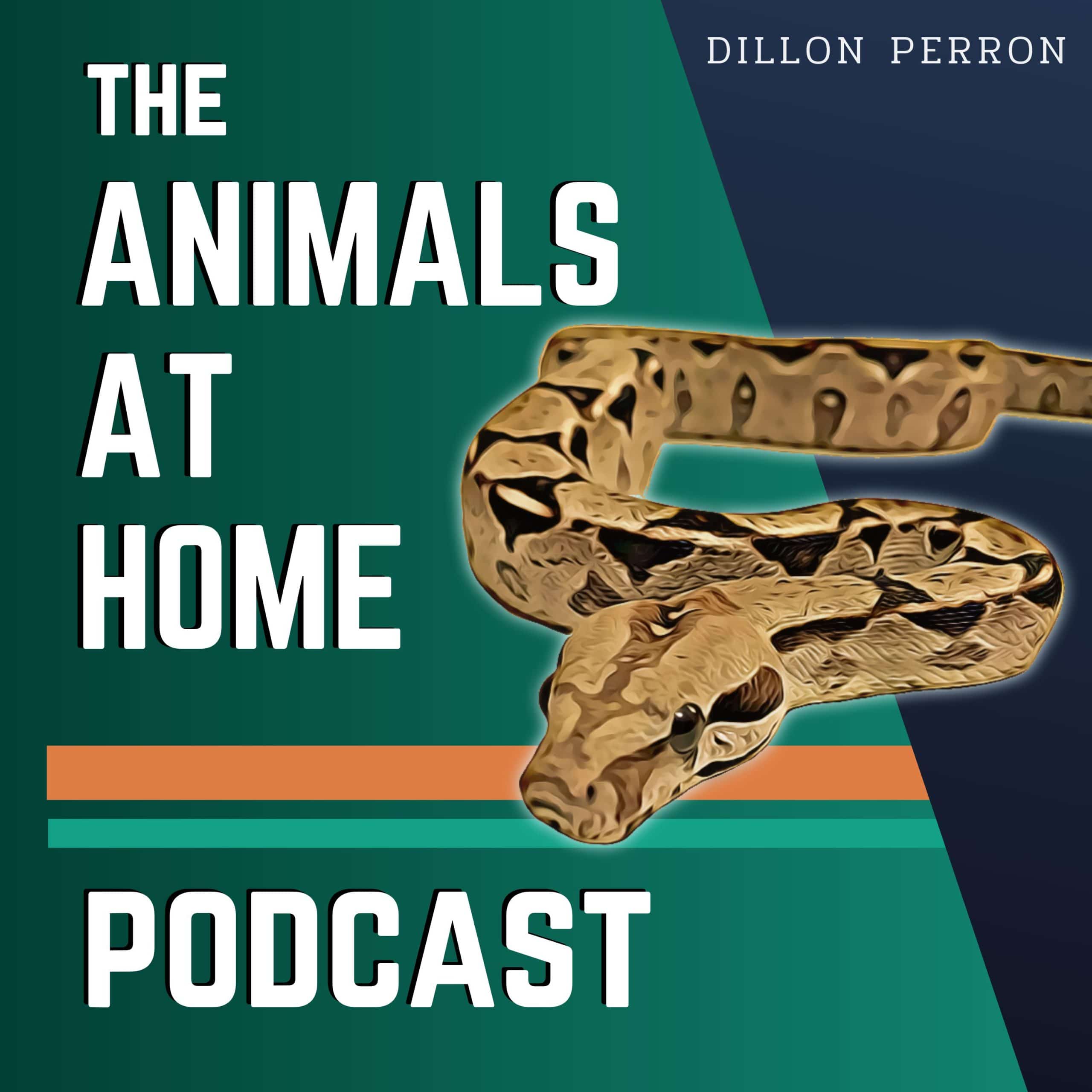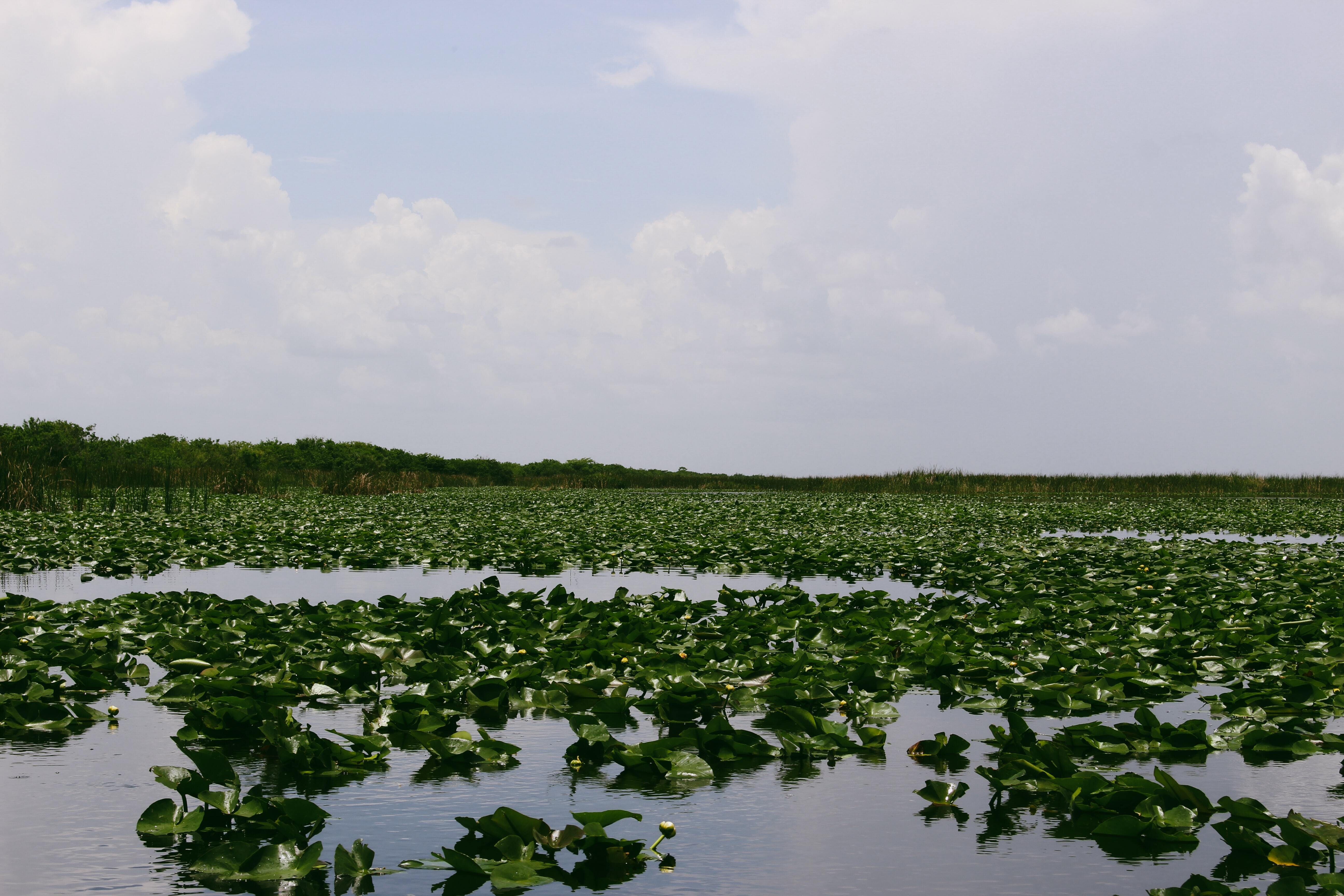Welcome to the Weekend Dispatch. Here are our top finds for Feb. 12.
 "An apex predator and a living dinosaur". Photo by Timothy Kurek
"An apex predator and a living dinosaur". Photo by Timothy Kurek
01. Photographer pick: Timothy Kurek
Kurek is an animal enthusiast who takes photos of magnificent animals you would typically find in a zoo. Impressively, he's also an international best-selling author and TEDx speaker.
You can follow his photos on Instagram at @timothykurek.

Everglades National Park. Photo by Mark Jacquez / Unsplash
02. Article pick: One Perfect Day in Everglades National Park
A massive network of forests, prairies and wetlands, the Everglades is essentially a "river of grass" that flows from near Kissimmee down to Florida Bay. Everglades National Park only protects the southern 20% of the original Everglades, but is still the third largest national park in the lower 48 states and has so much to show off!
Give this article a read to learn more about this magnificent area of wetlands home to hundreds of animal species, and maybe build your own itinerary for a perfect day trip to the park.

"The Photographer's Guide to the Everglades" by M. Timothy O'Keefe. Provided photo
03. Book pick: The Photographer's Guide to the Everglades
This book is great for photographers and non-photographers alike. The pages take you to the best viewing spots for all types of wildlife from great blue herons to crocodiles to white-tailed deer, as well as the best places to see coastal mangroves swamps, sawgrass marshes and sparkling beaches. It also covers the 80% of the Everglades that’s outside the national park’s territory.
The book is available to order from Thriftbooks and Amazon.

The Animals at Home podcast. Provided photo
04. Audio pick: Invasive Reptiles in the Everglades
One of the earlier episodes of the The Animals at Home podcast series, this hour-long clip dives into the invasive species problem in these Floridian wetlands, which can mostly be blamed on pet trade. Episode guest Jenna Cole, a biologist working in Invasive Species Management in the Florida Everglades, explains her research focusing on Argentine Black and White Tegu who have some of the most invasive populations in Florida.
